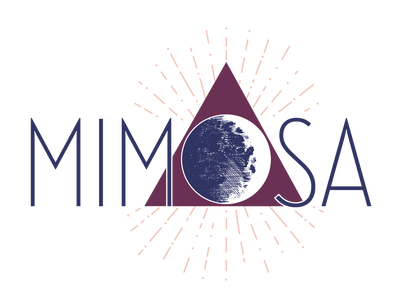More on Lapis Lazuli:
It is easy to see the resemblance to the star-filled sky in Lapis Lazuli's deep indigo body flecked with shining gold. Lapis lazuli stones were revered by the ancient Egyptians and Sumerians for their deep indigo color. In fact, the stone’s color revolutionized the art world. It was ground into a fine powder and processed to create the pigment ultramarine, which could be mixed into various types of paints.
Lapis is a mineral with a history. “Lazuli” is derived from the name of the ancient Persian mine where it was once mined. Thanks to its deep blue color, it has been used for at least 5000 years in jewelry, pigment, boxes, Egyptian scarabs and other carvings, and many other ornamental uses. Cleopatra even ground it up and used it as eye shadow! Throughout time, people have associated lapis with connections to other worlds. In one ancient Babylonian myth, the goddess Ishtar decks herself out from head to toe in lapis lazuli to prepare for passage into the Underworld. It was believed that blue gemstones could house gods.
Metaphysical Uses of Lapis Lazuli:
Though not many go as far as Ishtar, Sagittarians love travel, learning and adventure. Lapis helps with the spiritual aspect of this adventurous spirit. With its abundant history, it’s no surprise that lapis has acquired many spiritual associations. Buddhists associate it with calm and peace, and frequently carve small lapis Buddhas. Christians have used it for centuries to repel the evil eye. Because of the connection to other worlds, it often decorates items associated with burial. Medicinal uses range from curing snakebite to boosting thyroid function and aiding sleep. It’s also excellent for combating depression, a condition which Sagittarius is prone to.





